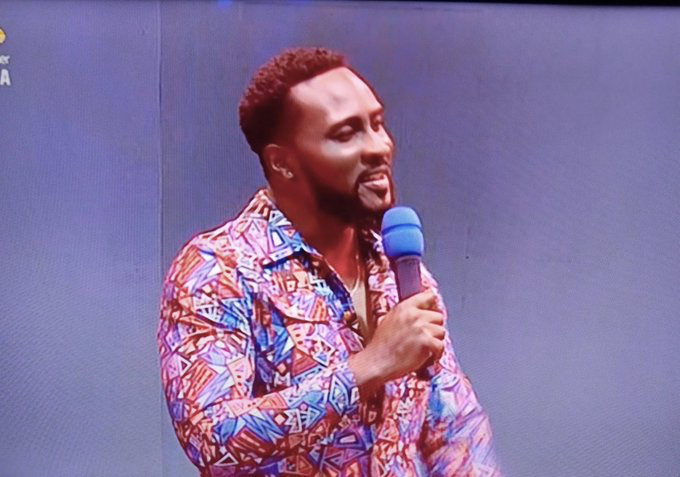The French Connection at 50: one of the greatest New York movies ever | Thrillers
The advantage of shooting on location is that fiction films can have the texture of a documentary, preserving forever a specific time and place before it inevitably evolves or devolves or take a form that will render it unrecognizable. There are caveats that go along with it, like the details of set-dressing or camerawork that reinforce a film-maker’s specific impression – or, in the case of a film like Taxi Driver, a reflection of a single character’s twisted point of view. But the fundamental fact is that the camera is in front of real buildings and street corners and often actual residents. And when there’s a director of William Friedkin’s caliber behind it, the backdrop has a three-dimensional vividness to it.
The street realism of The French Connection, perhaps the best film of Friedkin’s career, owes much to films like Gillo Pontocorvo’s The Battle of Algiers and Costa-Gavras’s Z, both fact-based political thrillers that used documentary realism to assert their own authenticity. (Friedkin had said he was particularly influenced by the latter.) That’s obviously a deceptive gambit, since none of these films are actual documentaries and deviate from history at their pleasure. But The French Connection, now 50 years old, remains one of the great New York films because it feels so much like a seedy backlot tour through a city that no longer exists.
Jimmy “Popeye” Doyle also feels like a character who no longer exists, at least not as the type of morally ambiguous screen hero the audience might be asked to support. As played by Gene Hackman, Popeye is a hugely flawed detective, notorious for pursuing hunches that fail to pay off, cutting procedural corners when necessary to make a case, and, in the end, making decisions in the field that are risky at best and consequentially awful at worst. He also has racial blind spots that put him in line with characters like Nick Nolte in 48 Hrs., though the film is less conscious about pointing them out. This is who Popeye Doyle is, Friedkin suggests, and it’s up to the audience to decide how much of a hero they judge him to be.
A deserving best picture winner, albeit in a loaded field with A Clockwork Orange and The Last Picture Show – as well as masterpieces like Klute, McCabe and Mrs Miller and Sunday Bloody Sunday competing against it in other categories – The French Connection was Friedkin’s attempt to reinvent the Hollywood thriller for a new era. Don Siegel would do likewise with Dirty Harry a few months later, but there’s something uniquely shrewd about Friedkin’s mix of realism and dynamism – he could stage a white-knuckle caper for a mainstream audience while making it seem raw and uncommercial, like everything happened exactly as depicted.
And some of it did. Based on Robin Moore’s 1969 book about the seizure of 246 pounds of heroin smuggled via car on a French ocean liner, the film changes the names and makes some tweaks to the story, but the broad strokes are true. (Friedkin called it “an impression of the case”.) At that time, France was the main supplier of heroin on the east coast of America, and in the film, the chief operator (called “Frog One” by the detectives) is Alain Charnier (Fernando Rey), a Marseille kingpin who’s planning an audacious shipment across the Atlantic. Using a popular French TV personality as his unsuspecting mule, Charnier has $32m worth of heroin tucked into a car.
Meanwhile, in New York, Popeye and his partner in the narcotics department, Buddy Russo (Roy Scheider), start to hear buzz of a huge influx of drugs arriving to relieve a current shortage. They keep a particularly close eye on a mobster, Sal Boca (Tony Lo Bianco) and his wife Angie (Arlene Farber), who operate a small convenience store and diner in Bushwick that’s also a suspected front for criminal activity. As much as Popeye and Buddy try to keep their investigation under wraps, Charnier and the Bocas are taking extra precautions to protect the shipment, which causes the detectives problems that are worsened by procedural headaches. Popeye, for one, is not known for his unimpeachable instincts.
The French Connection is known foremost for having the greatest car chase sequence in film history – a title that it won’t be relinquishing any time soon, no matter how many Fast & Furious movies get lobbed at it. The premise for the chase is simple enough: an assassin tries and fails to knock off Popeye, then hops on an elevated train. Popeye commandeers a car and weaves through heavy traffic in an effort to beat him to the next station. It’s not merely Friedkin’s peerless technique that accounts for why the chase is so effective – though the speed and clarity of the action is breathtaking, as is the stake-raising of the assassin taking hostages on the train and skipping stations as Popeye tears down the street below. It’s that The French Connection is paying off the grit it so carefully established: the audience believes an outrageously over-the-top car chase seems real because the film surrounding it has been so authentically realized. Watching the clip in isolation is impressive, but doesn’t do it full justice.
The brute physicality of the car chase, so uncommon in the CGI era, goes hand-in-glove with Friedkin’s approach to film-making, which calibrates important action to maximum visceral effect. The French Connection is more hyperreal than real: the ambience and characters are slightly over-cranked and on edge, as if Friedkin called for more garbage to clutter up sidewalks and waterfronts, and wanted Popeye and Buddy’s shakedowns to include more brutality and a greater yield of pill bottles. Friedkin would do this again two years later with The Exorcist, which turns the recognizable streets of Georgetown into a locale humming with menace. He aimed to leave an audience feeling battered but believing the unbelievable.
The downer ending of the film is another startling break from convention, albeit one supported by the case itself, which didn’t end triumphantly for its heroes, despite their success in disrupting such a massive shipment. Friedkin doesn’t care about lionizing Popeye Doyle, only to understand how the narrowness of his obsessions could make this collar possible and also damage his career. He trusted viewers could accept him flaws and all – and, in the year 1971, they could.





